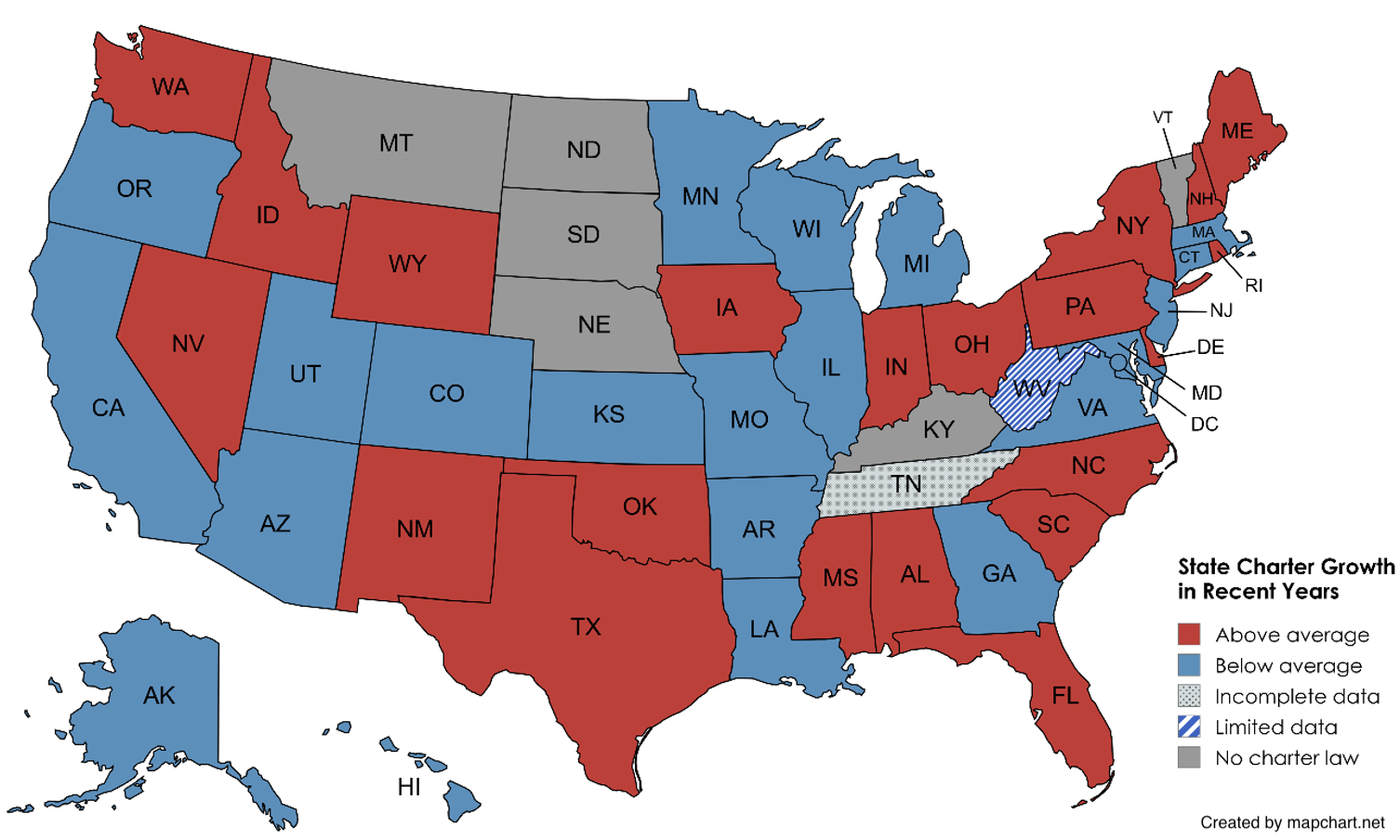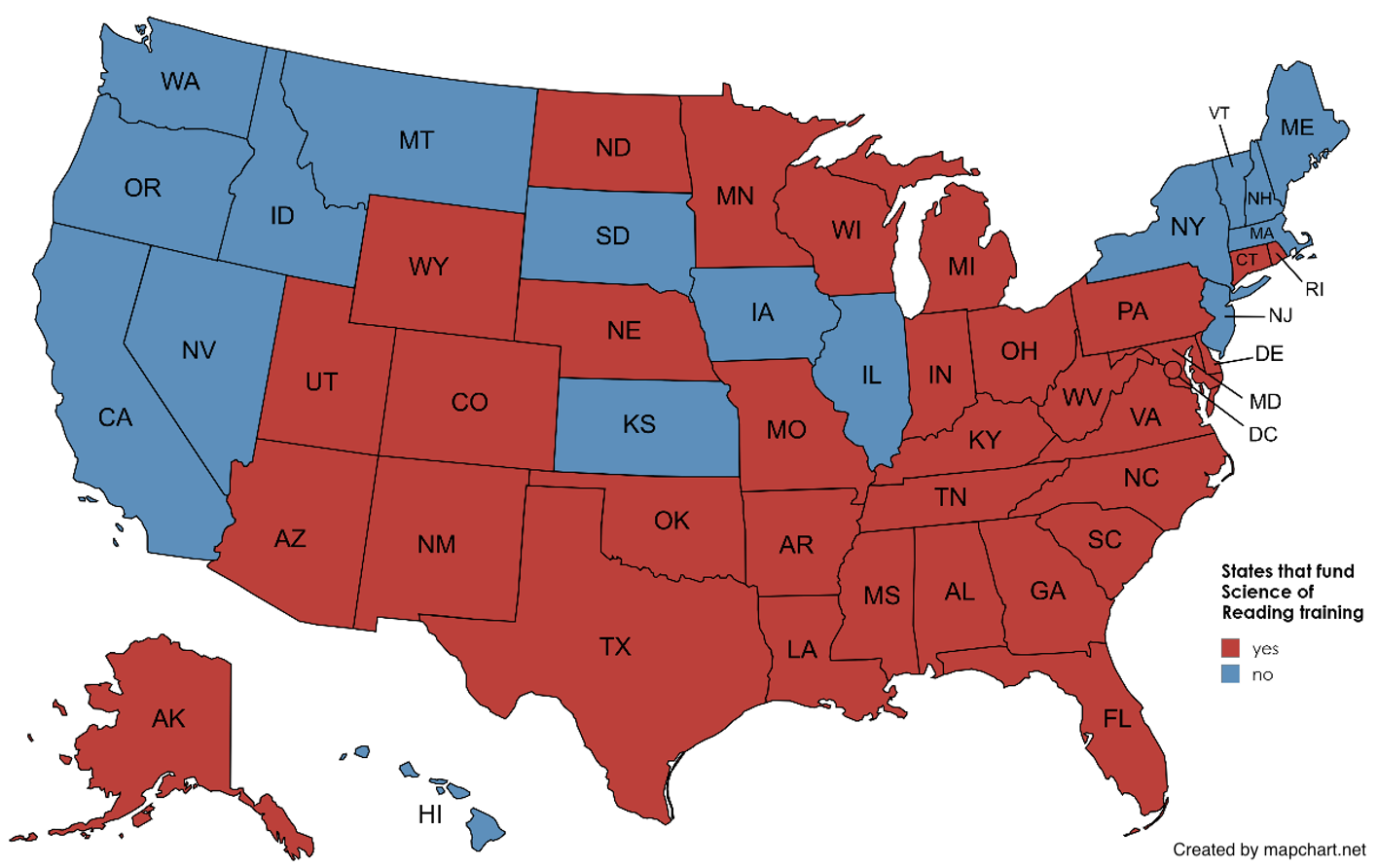Cheers
- The Detroit school district has implemented new financial incentives and grade promotion policies to fight chronic absenteeism. —Chalkbeat Detroit
- In October, The National Student Clearinghouse Research Center (NSCRC) reported a 5 percent drop in freshman enrollment—but now, NSCRC has issued a correction indicating rates of enrollment actually increased in 2024. —Forbes
Jeers
- Paid work experiences can be extremely valuable for high school students, but only a small percentage have access to internships or apprenticeships. —The 74
- A recent survey reveals that 48 percent of educators report significantly more student misbehavior this fall compared to pre-pandemic levels, contributing to lower teacher morale and raising concerns about the effectiveness of current disciplinary strategies. —Caitlynn Perez, Education Week












